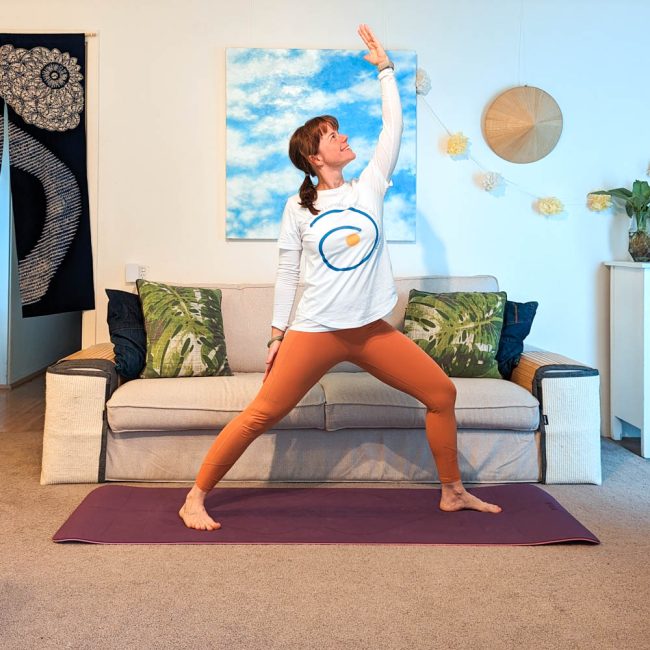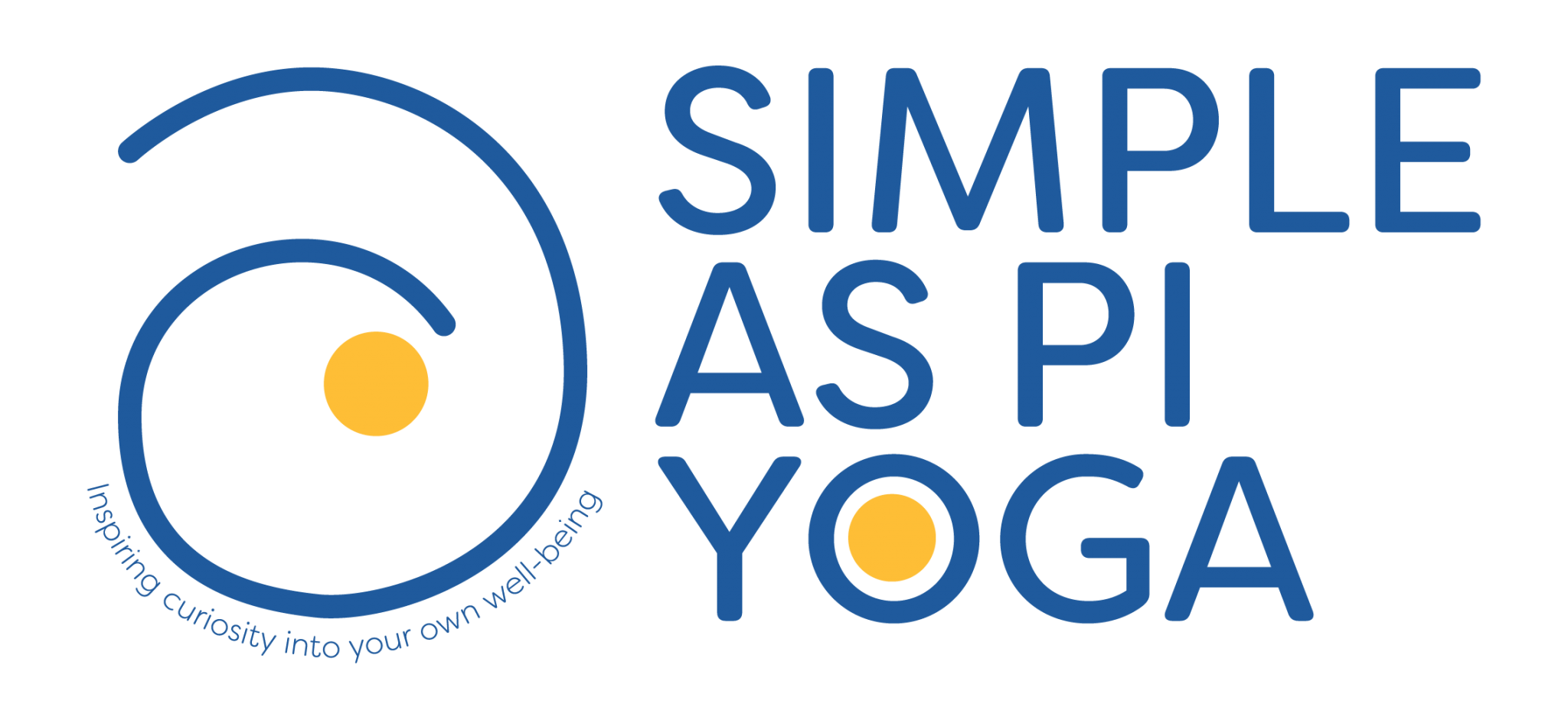
Does the word ‘mantra’ put you off yoga entirely?
The word mantra has been widely used for many generations across varied cultures and religions. More recently, the use of mantra has been popular throughout the “self help” industry across the West. It wouldn’t surprise me if you feel uncomfortable with the mere mention of the word mantra, you may even want to leave the yoga class!
But why and how is mantra used in a yoga class/practice?
The word mantra comes from the ancient Sanskrit language. ‘Man’ means mind, and ‘tra’ means release. There are many that have been passed down through generations including ‘So Hum’ a short but meaningful mantra that you may in fact “warm” too.
The ancient Sanskrit mantra ‘So Hum’ holds profound significance in the realm of yoga as it aids us all, students of all levels, in honing our awareness and attention during our practice. With origins dating back centuries, this powerful mantra has been utilised to connect mind, body, and spirit, may be even allowing one to achieve a state of meditation and self-awareness.
So Hum, often translated as “I am that” or “All that I am”, encompasses a profound philosophical idea. It serves as a gentle statement around our connection to nature and the universe. Thus it also may carry religious meaning and sentiment.
When intertwined with the movement of postures, either silently within the mind or spoken verbally, this mantra can serve as a focal point for concentration. We can also use mantra guided meditations which have been scientifically proven to “achieve a focussed and improve cognitive functioning”[2].
One such study explored the impact of the use of mantra to assist and enhance yoga practices such as meditation. A research article published in the Journal of Psychosomatic Research (Henneghan et al., 2021) highlighted the benefits of mantra meditation and listening to music on neurocognitive outcomes.

The study involved a group of breast cancer survivors with varying degrees of cancer related cognitive impairment.
“Unfortunately, there are limited treatment options for managing cancer-related cognitive impairment. Daily mantra meditation or classical music listening for 12 min a day may improve cognitive outcomes and quality of life for cancer survivors, with no negative side effects.”[3]
When we use a mantra during our yoga practice it enables us to use another “tool” to assist with the busy mind. It is really helpful in anchoring our attention to the movement of the breath and body through the mantra’s rhythm. This process naturally leads to a meditative state possibly even giving us a moment where we begin to “watch our thoughts”; mindfulness.
So Hum mantra is a particularly cherish mantra of mine now and I use it often in my own practice. Especially on the days when my mind is “playing” many radio stations at once!
References:
[1], [2], [3] Ashley M. Henneghan, Heather Becker, Carolyn Phillips, Shelli Kesler. “Sustained effects of mantra meditation compared to music listening on neurocognitive outcomes of breast cancer survivors: A brief report of a randomized control trial”. Published in the Journal of Psychosomatic Research, Volume 150, November 2021.
